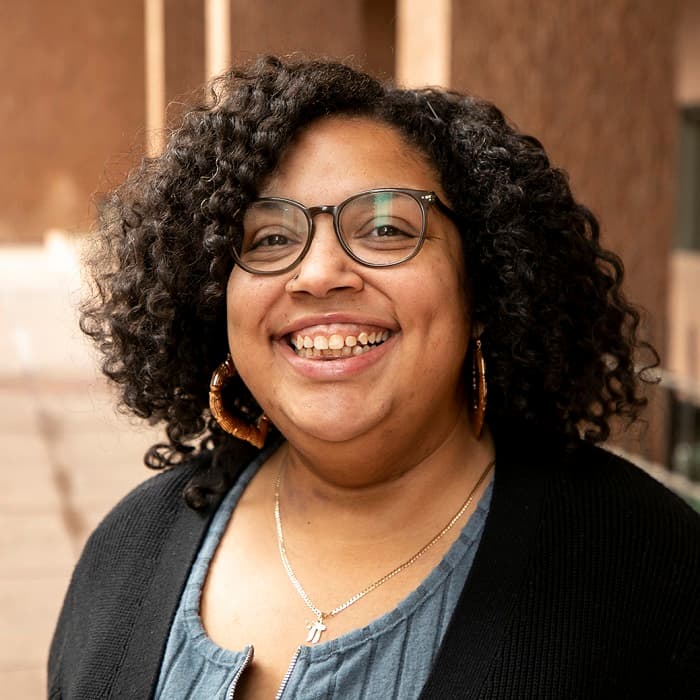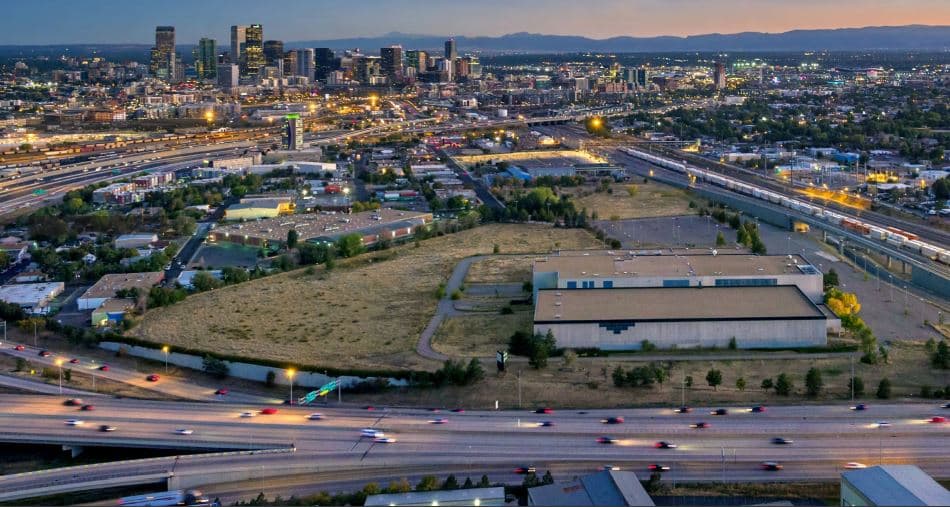Redevelopment has been knocking its way into the north Denver neighborhoods of Globeville and Elyria-Swansea for several years, and it's a sound (smell and sight) residents are wary of.
From Interstate 70 reconstruction to a National Western Center makeover, the GES area is one large construction site. And if residents haven't been displaced through rising costs or eminent domain, they've been consistently ignored on issues happening in their backyard.
"Development should work for a community facing displacement and if it's not, then it's just perpetuating the displacement cycle instead of addressing it," said Nola Miguel, co-director of the Globeville Elyria-Swansea Coalition. "We are experiencing massive displacement and if you're going to bring in a new development, that would be great, if that helps people stay in the neighborhood... Coming into a neighborhood, the goal needs to be to help strengthen it, not help displace it."
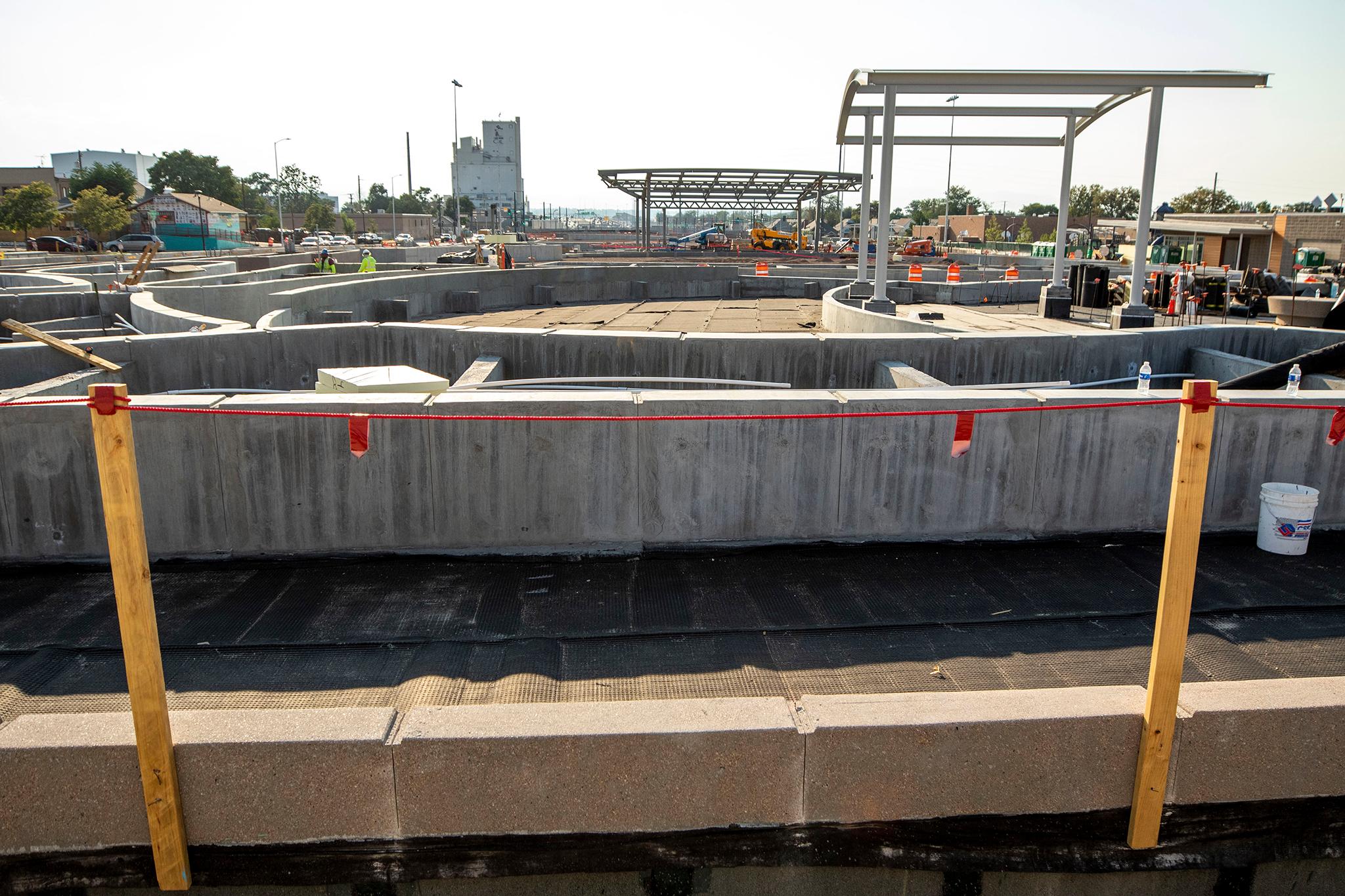
In recent years, community leaders, such as the GES Coalition and Globeville First, and stakeholders such as Brothers' Redevelopment, Habitat for Humanity and Birdseed Collective, have worked together to ensure new developments are paying attention to residents and benefiting neighbors.
Three developments currently on neighbors' radar will be bringing in about 4,400 new apartment units, at market- and affordable-rates, over the next several years.
Here's a look at the developments and how they will change the fabric of the neighborhood.
4995 Washington Street
Starting with the smallest and most recently announced development, 4995 Washington will be a new mixed-use site in partnership with Denver's Department of Housing Stability and Globeville Redevelopment Partners, a group consisting of Evergreen Real Estate Group, Rocky Mountain Communities, and the GES Coalition.
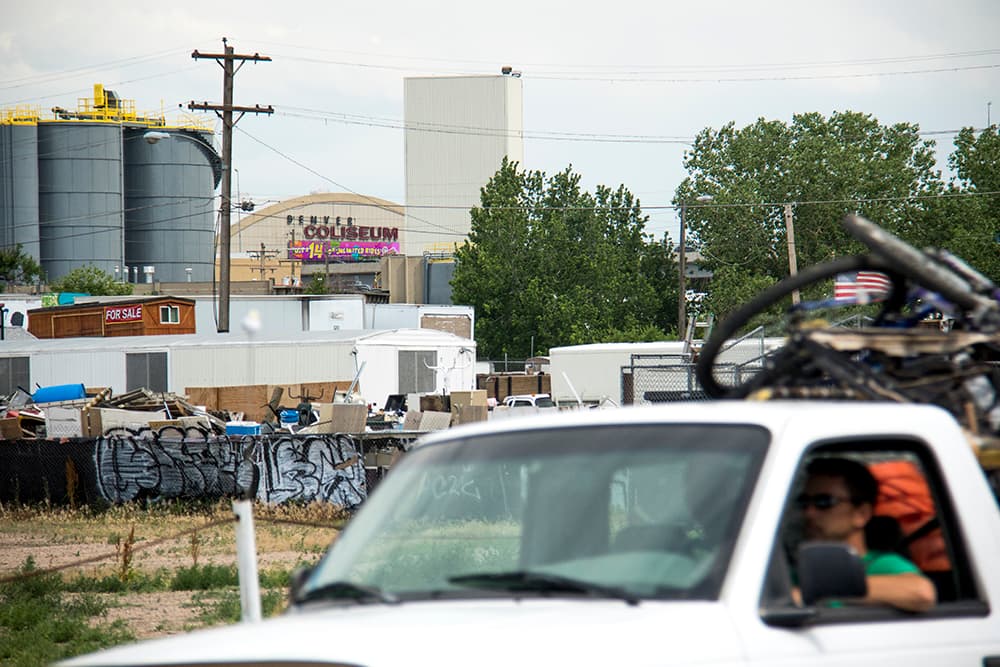
According to HOST, there will be at least 170 income restricted units for those making 30% to 80% of the area median income. For a family of four, that's a salary range between $35,150 and $89,400. At least half of the units will be three- and four-bedroom apartments.
The 2.7 acre lot will also feature a "community-serving" space. Nothing has been finalized for the space yet, but a long-awaited library may be in the running.
This is the first time the GES Coalition has been involved as an actual partner in a development. Miguel said typically community groups are a part of community benefit agreements. But being a partner is a different experience. It adds a new level of accountability that can be enforced from the inside.
"That's the biggest change in how this development is being done, our involvement," Miguel said. "It's going to be an important project for Globeville. This partnership will be able to provide ongoing accountability to the community because of us being there.
"The city bought that land to preserve it for affordable housing and that's the type of stuff the city should be doing."
Former AT&T Site
Back in 2019, Iselo 40th Avenue LLC proposed a redevelopment of the old AT&T site at the corner of 40th Avenue and Clayton Street. Their plan was to build a mini-district on the 14-acre site equipped with townhouses, apartments, retail and a new performing arts space.
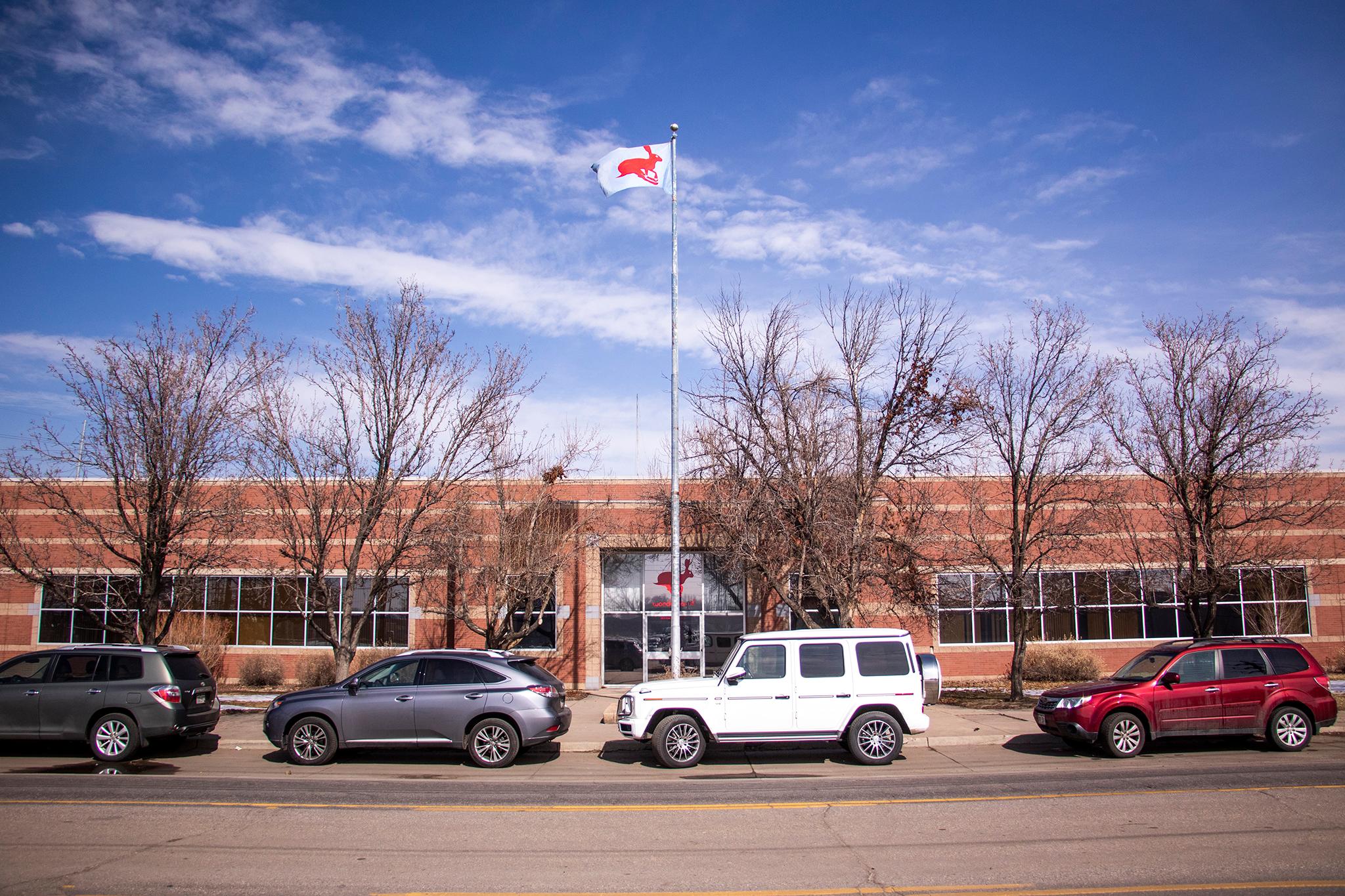
Iselo also signed an agreement with the city guaranteeing at least 70 homes would be reserved for low-income residents at 60% AMI, or $48,500 for a single person. In 2019, 60% AMI equaled about $42,000 a year for a two-person home.
What Iselo didn't do was sign a community benefits agreement with residents.
At the time, Iselo needed City Council approval to rezone the area for their mixed-use development. After Denverite wrote about the plans, five neighborhood groups and 24 people signed a letter to Council asking for a delay on the vote in order to work with Iselo and come up with a CBA.
Community members agreed that Iselo did reach out to them regarding their plans. However, communications included "technical zoning-speak." Meanwhile, with the neighborhood facing massive construction and people moving due to the acquisition of their homes, some notices didn't make it to residents at all.
They wanted more time to work with Iselo, and they were looking for a CBA that provided displacement protection, which included offering new units to locals first as well as a $200 per unit fee to fund efforts like property tax relief and community land trusts.
Residents were successful in delaying the vote but were unsuccessful in getting that CBA.
Fast-forward to 2022. The property is still vacant and the communication with residents is still lax.

According to a press release from Iselo and their new partner LDG Development, an "increase in construction costs and a rapidly changing financing environment" has caused them to rethink their plans. So, they're proposing a one-story height increase and hoping that falls under the incentives of the Expanding Housing Affordability policy, which states developers can ask for a height increase in exchange for more affordable units.
The release said the incentive change would increase the amount of affordable units to over 20% and move many of those units to the first two phases of construction.
The release also notes that Iselo and LDG presented the idea to residents in a recent community meeting. However, according to residents, no one representing Iselo or LDG was there except a PR firm, and the "proposal" was presented as a done deal. Residents also said they were given a week's notice to attend the meeting. Once there, there was no official translator for a community that's predominantly Spanish-speaking.
Several city entities, including HOST and Community Planning and Development, have since told residents no agreement has been reached with the developer regarding an additional height increase.
In order for Iselo and LDG to request a change, they have to submit "a new concept site development plan." Once that's submitted a large development review process will begin and if that's "deemed applicable," a community meeting needs to be held and a framework plan will need to be developed.
TLDR: the process is not simple.
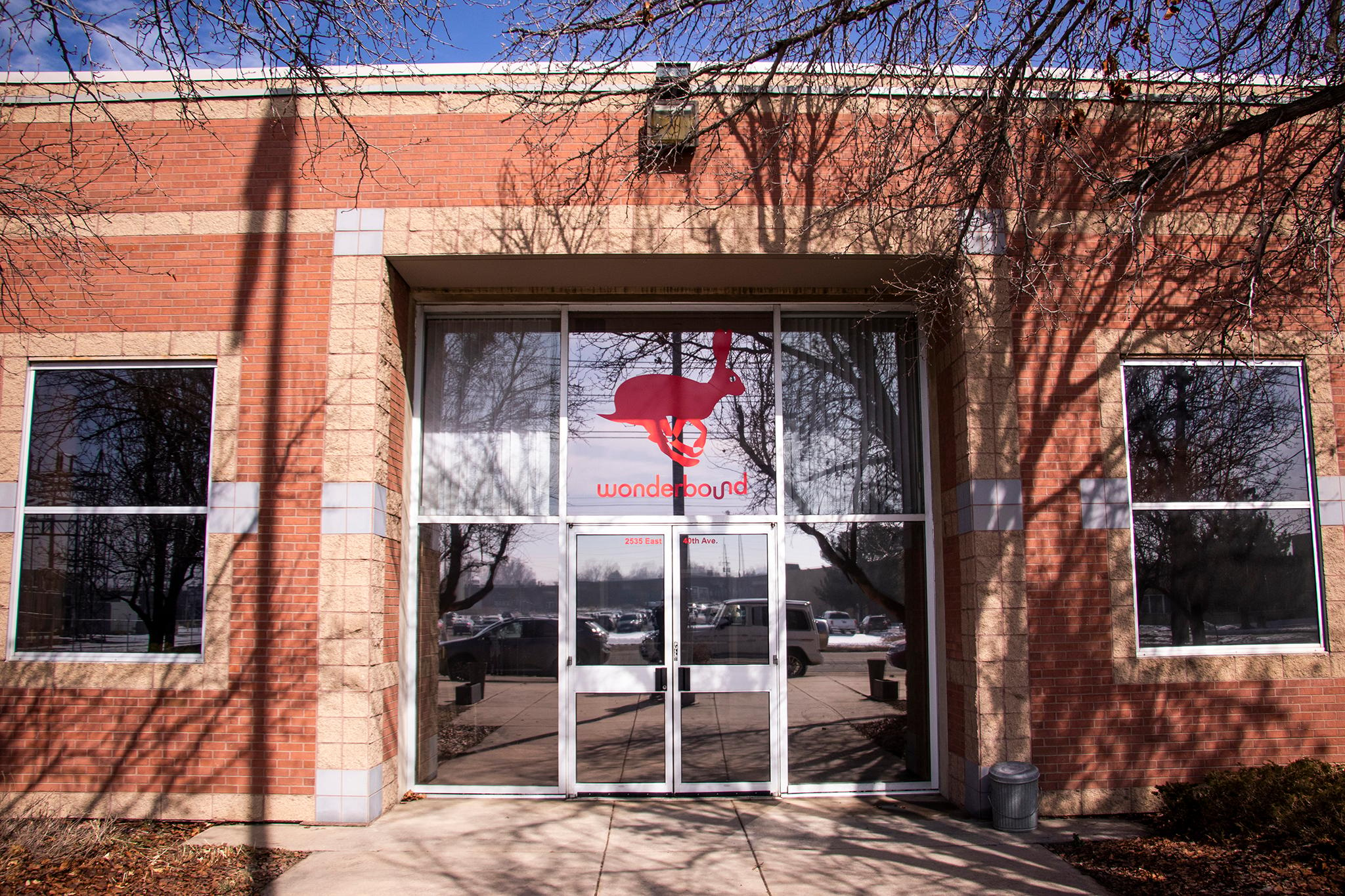
If Iselo and LDG chose to proceed, Miguel said she hopes they can reach a CBA like the community initially wanted
Alternatively, CPD said Iselo and LDG can continue with their existing plan if they choose.
"We'd like to develop a real partnership with the developer but they're not showing their face," Miguel said.
Residents have also expressed concerns regarding the site's current conditions.
"It's in total disrepair," Miguel said. "They are totally neglecting it. It's a shame how that works. We have such a need for housing in the city and this property has just sat for three years. And nothing's going to happen in the next couple of years either."
As of January 2022, Denver police said they received "a few calls for service," one burglary call in March and a trespassing call in May. On January 10, DPD received a "gunshot detection notification."
Community Planning and Development said they've also received complaints about the site. In February, there was a graffiti complaint, which has since been cleared. There were also three reports of weeds or overgrown vegetation, two in 2021 and one in 2020. CPD said the property was also notified in 2021 regarding sidewalks that needed shoveling.
CPD added that "each time the city issued a notice to the property owner, the weeds were cut." DPD also said they are doing "proactive patrols" in the area and they have "an agreement with the property owner to cite people who trespass."
An interview was requested with Iselo and LDG through their current media relations firm to discuss community concerns and overall plans for the project. However, the firm said, "We don't have any additional information at this time."
Fox Park
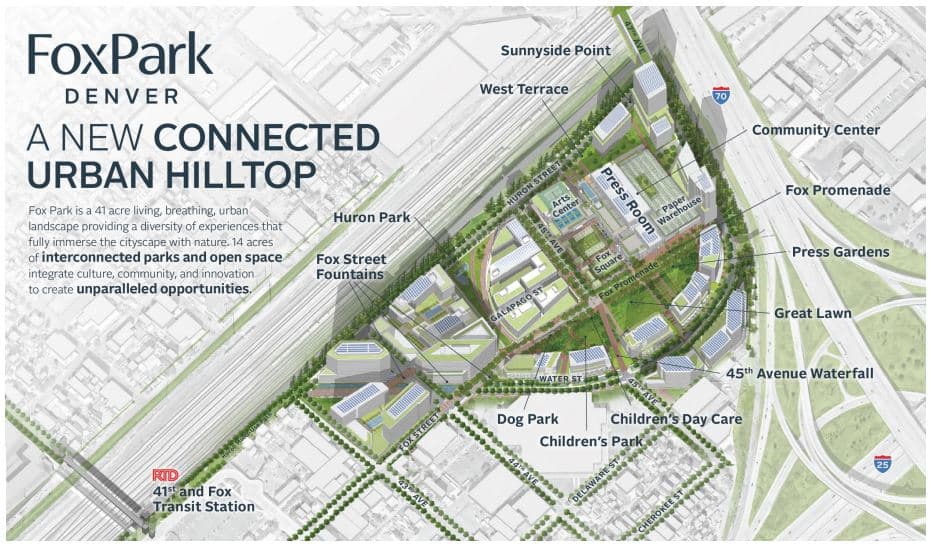
The old Denver Post printing facility located at 4400 Fox St. will be probably the biggest redevelopment the neighborhoods will see. Vita Fox North LP, a partnership between Indianapolis-based Pure Development and Mexico City-based Interland, purchased the 41-acre property for $56.5 million in 2019.
A little history lesson. The site has sat vacant for more than a decade. It's been called "Fox Island" because there's only two major ways in and out of the isolated area -- 38th Avenue and 44th Avenue. In 2009, CPD released their 41st and Fox Station Area Plan, which outlined potential development plans surrounding a new station that would be the first stop on the G Line out of Union Station to Arvada. Then in 2014, the Globeville Neighborhood Plan was released which aligned with the Station Plan.
The overall goal was to create a "mixed-use and high-density development" with "new parks and public spaces in response to the conversion of industrial uses to higher density residential."
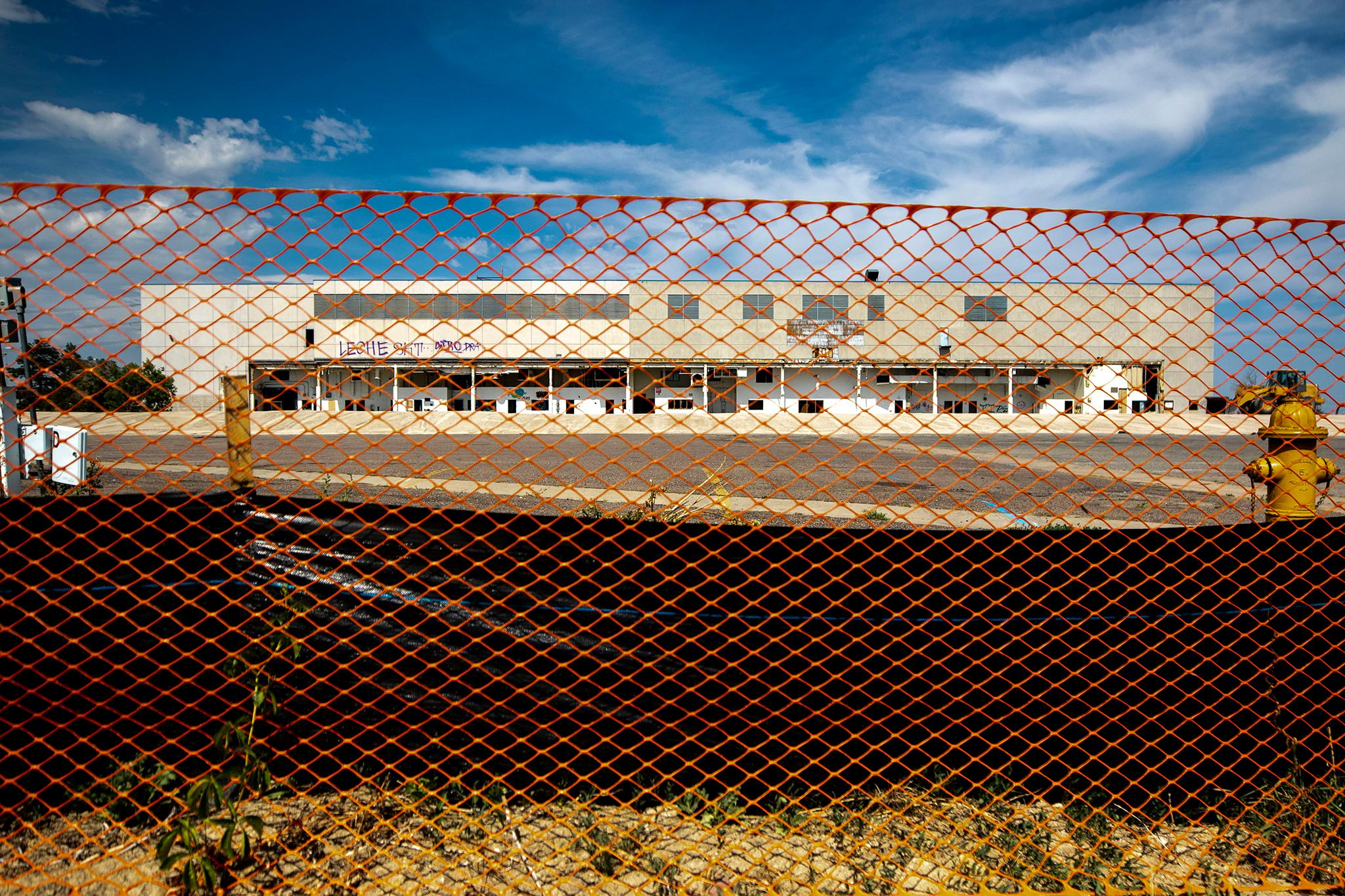
"Many new residents and businesses will be drawn to the convenient location close to downtown and near some of Denver's most vibrant urban neighborhoods," the plans stated.
Fox Park will accomplish that goal. Once completed, in about eight to 10 years, the 41-acre project will basically create a mini-neighborhood with new apartments, office space, retailers, hospitality and infrastructure.
Let's get into the details.
There will be about 3,400 rental apartments both at market and affordable rates.
Manuel Jiménez, the Director Operations for Pure Development, said 7% of the units will be income-restricted. Out of that percentage, a quarter of the units will be reserved for those making 60% AMI and the rest will be for those making 80% AMI.
Jiménez said Vita Fox owns the land and they'll begin to sell to developers. Once those developers are in place, there is potential for lowered AMIs. Though currently, the agreement with the city stands.
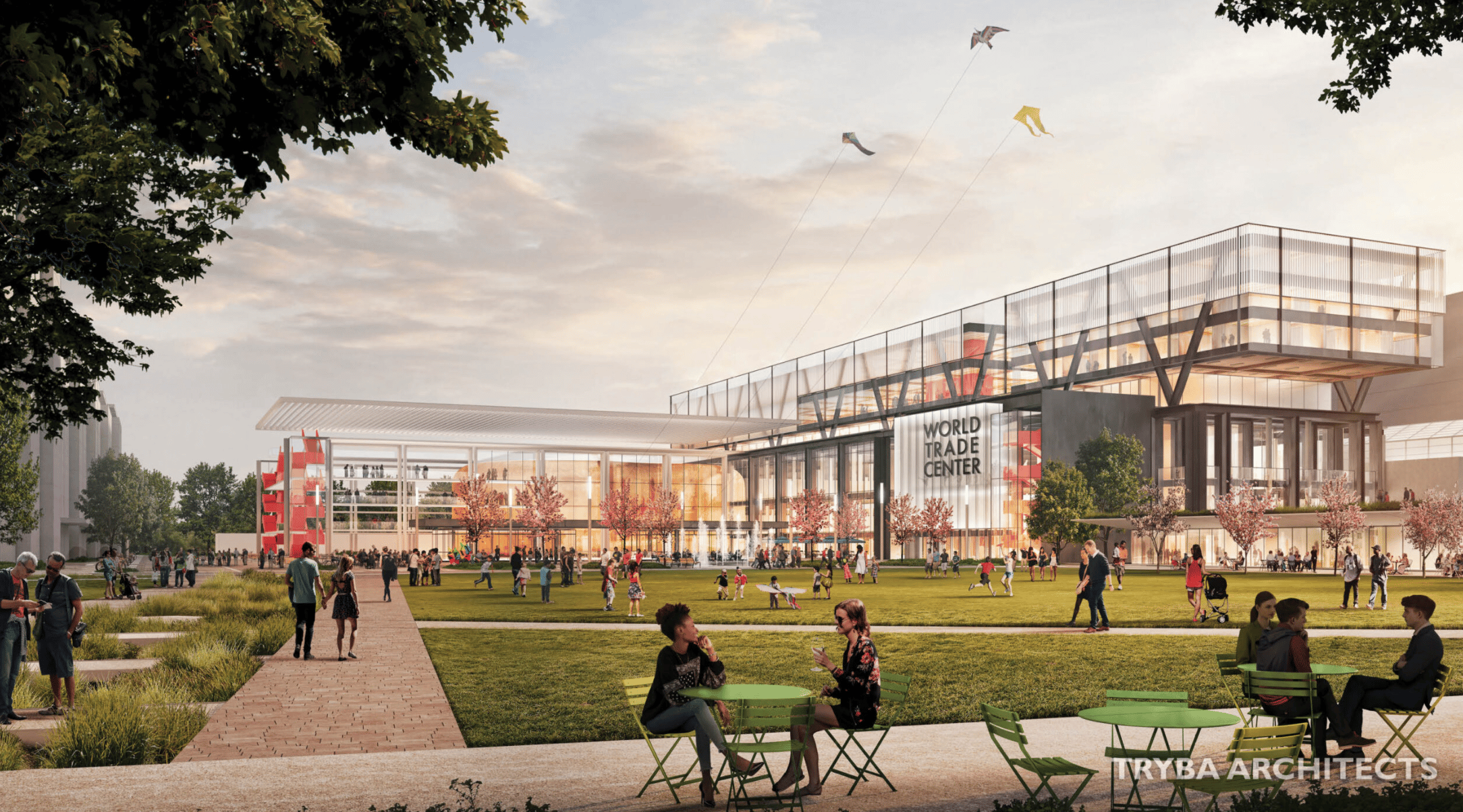
Jiménez added that there will be about 2 million SQ of office space, about half a million in retail and entertainment space, two hotels on the site with about 530 keys in total, an event center that can hold about 2,500 people and 14 acres of parks and open space.
The site will also be anchored by Denver's World Trade Center, which decided to move to Fox Park in 2021 after looking at a property across from the 38th and Blake RTD station.
Recently, Vita Fox held a groundbreaking event where developers and city officials gathered to celebrate the upcoming "next great urban transformation."
"We thought this was incredible, to be in the Globeville neighborhood and create a master plan community full of innovation, full of education, full of culture, full of entertainment, and just be part of this great neighborhood," said Jose Carredano, the principal and Fox Park project director.

During the groundbreaking, officials spoke highly of their partnership and agreement with GES residents and stakeholders, though no residents were in attendance and no residents spoke during the event. Neighbors said they were invited during a quarterly meeting but a specific invite wasn't received.
However, residents do have a community benefits agreement with Vita Fox, and some of those agreements have already come to fruition.
Jiménez said they have two agreements with the GES Coalition, Globeville First, Birdseed Collective and Habitat for Humanity.
One is a community housing fund that will go towards purchasing homes in the neighborhood to resell at an affordable rate in perpetuity. The other is another funding agreement that goes towards helping residents with their rent, any maintenance issues and property taxes.
As Vita sells portions of the property to developers, they'll eventually contribute a total of $4.2 million and $2 million to the housing and rental fund, respectively.
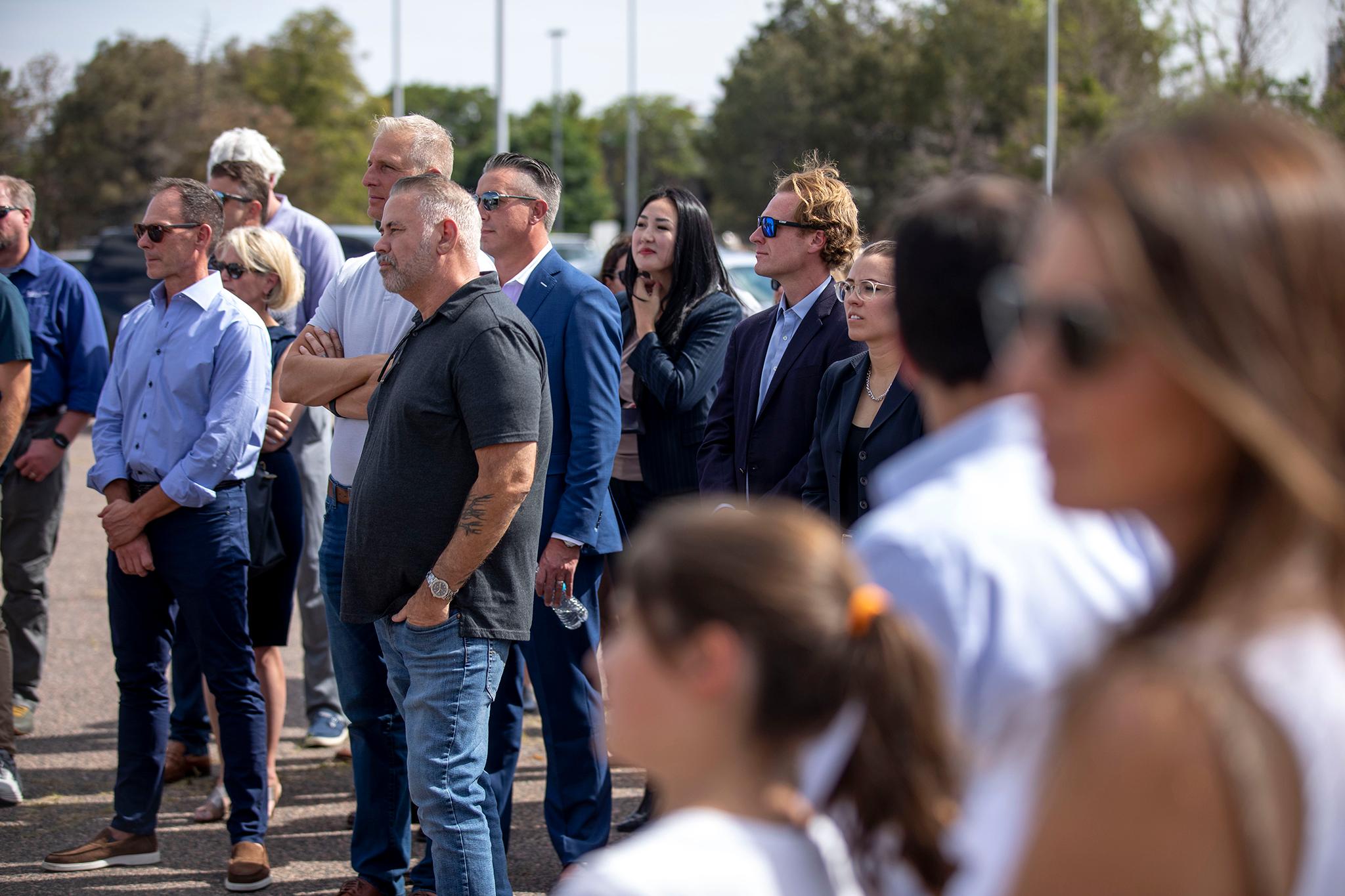
"Every time we sell a parcel or contribute a parcel, we have to contribute to the funds," Jiménez said. "When we met with the community, they said it's amazing what you're trying to do over there but I don't intend to move over there. I want to stay in my home. So, I would rather have you help me pay my insurance, property taxes or down payments, which is where the idea came from."
No parcels have been sold yet but Miguel said the coalition, through their land trust, and Habitat are already purchasing homes in anticipation of funding.
Miguel said they purchased three homes in Globeville and on two of the lots, they intend to add additional units. So five families will be able to purchase homes at an affordable price.
"We knew this was a possibility, that it might take a really long time to actually get any funds," Miguel said. "But in some ways this is a really important community benefits agreement because it acknowledges impact and it gives significant resources to the local community land trust... It's just taking a little while to get going and of course that always puts the doubt in our minds of is this really going to happen."
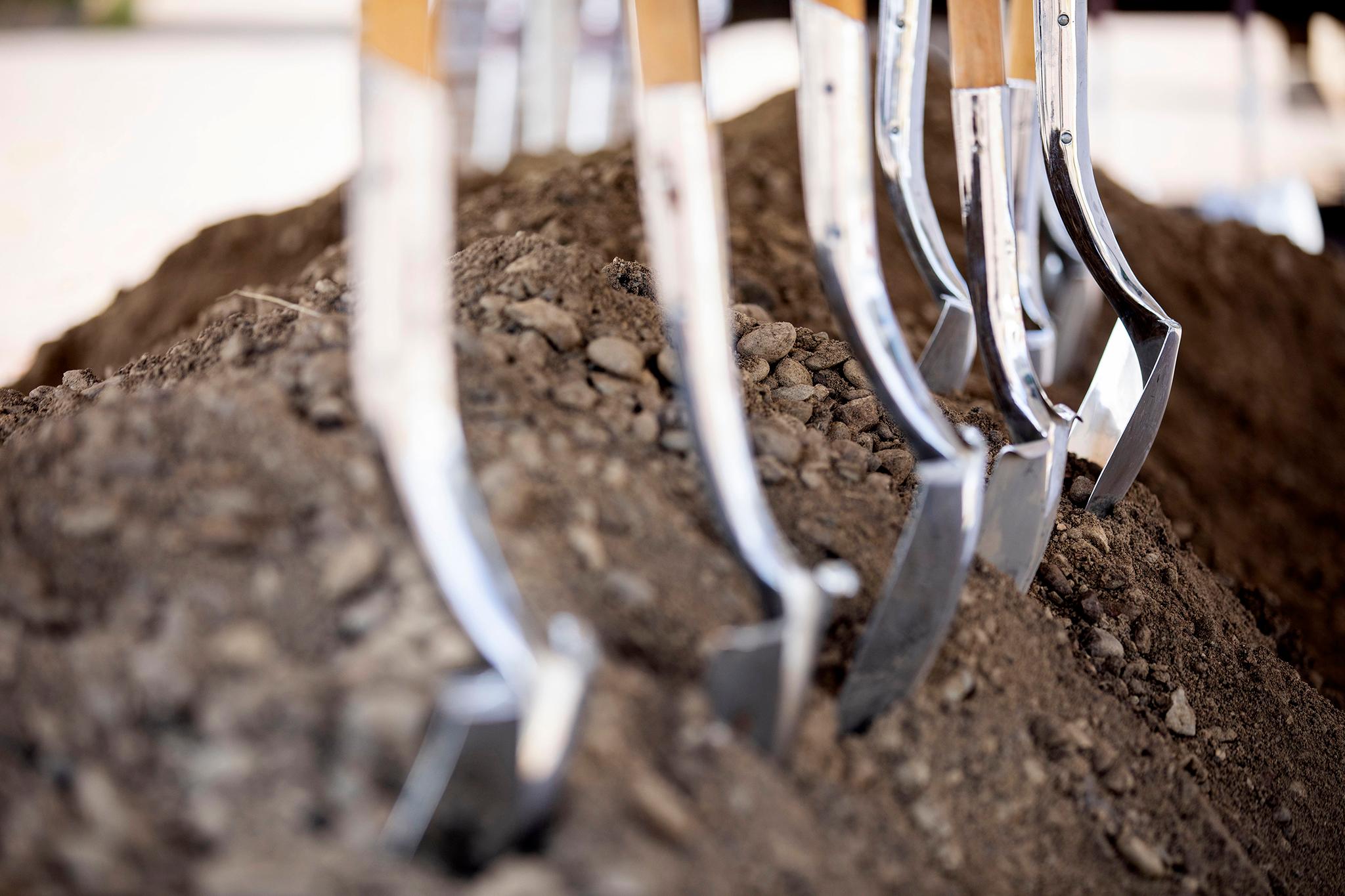
It's a doubt that unfortunately has been fostered through poor communication and development practices in the community.
Miguel said as each parcel gets sold she hopes those developers meet with community members to come up with even more agreements that benefit the neighborhood.
To expand, she hopes all new developments invite GES residents to the table. Ultimately, it benefits both parties to be good neighbors to each other.
"There's a ton of potential to really build connections with the neighborhoods both to support the local economy and to address displacement," Miguel said. "We would love to see ongoing partnerships with each of the developers that come in because we want that development to work for the neighbors and because we bring social benefit to them. That's what we've been trying to communicate to developers. This coming in and supplanting and extracting from the neighborhood instead of building partnerships, isn't a great model for them."
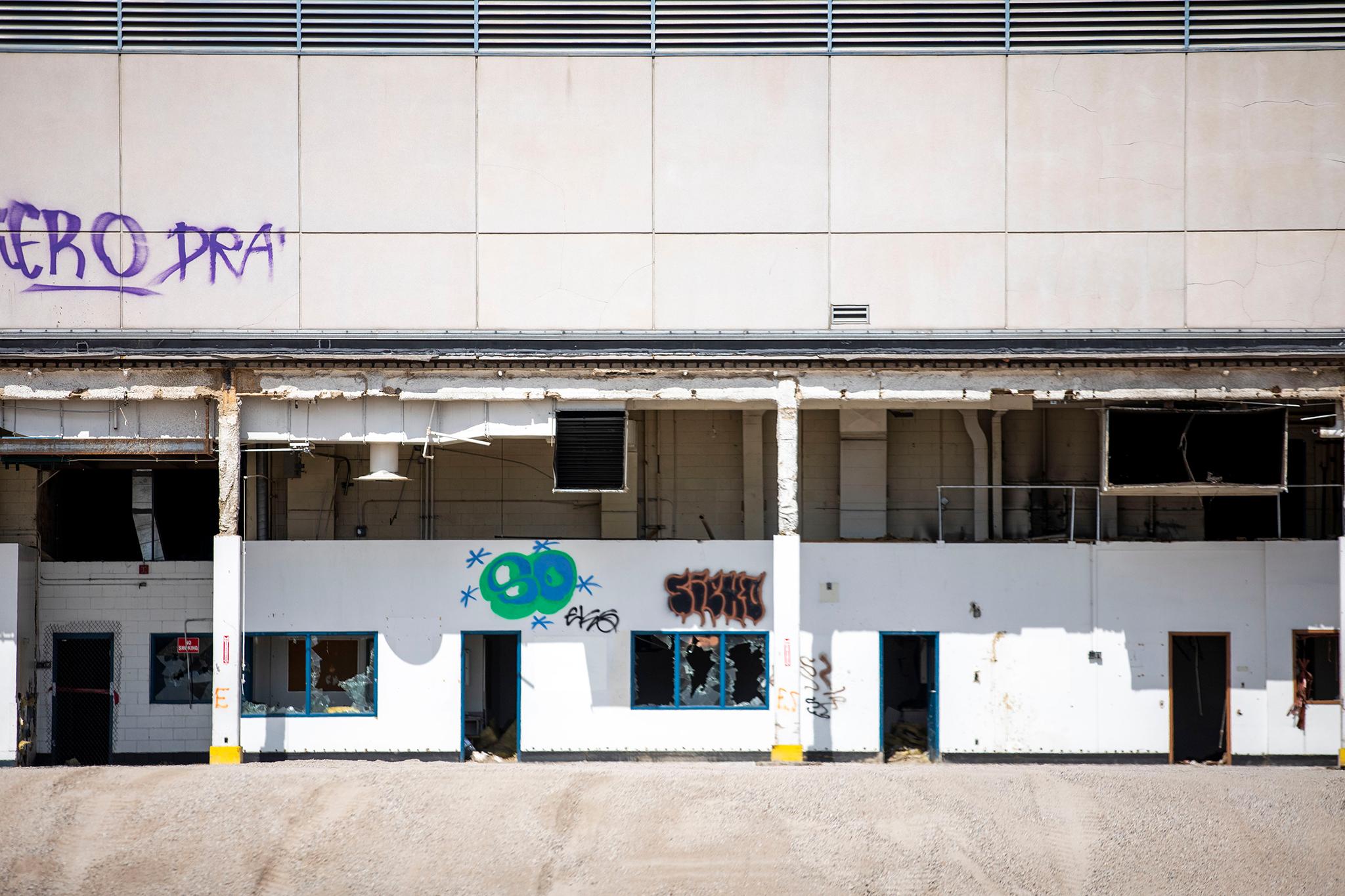
Correction: This story has been updated to note Community Planning and Development created the 41st and Fox Station Area Plan.
